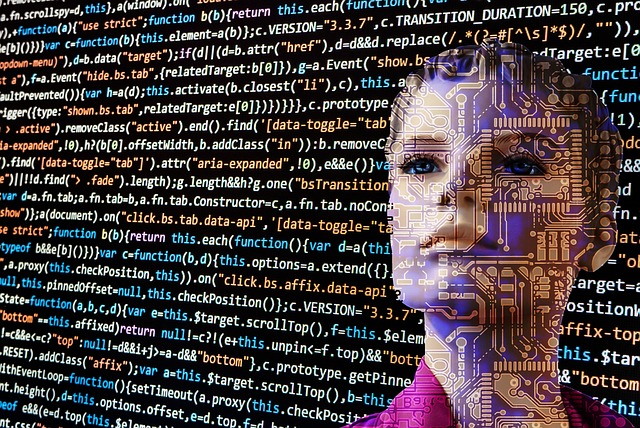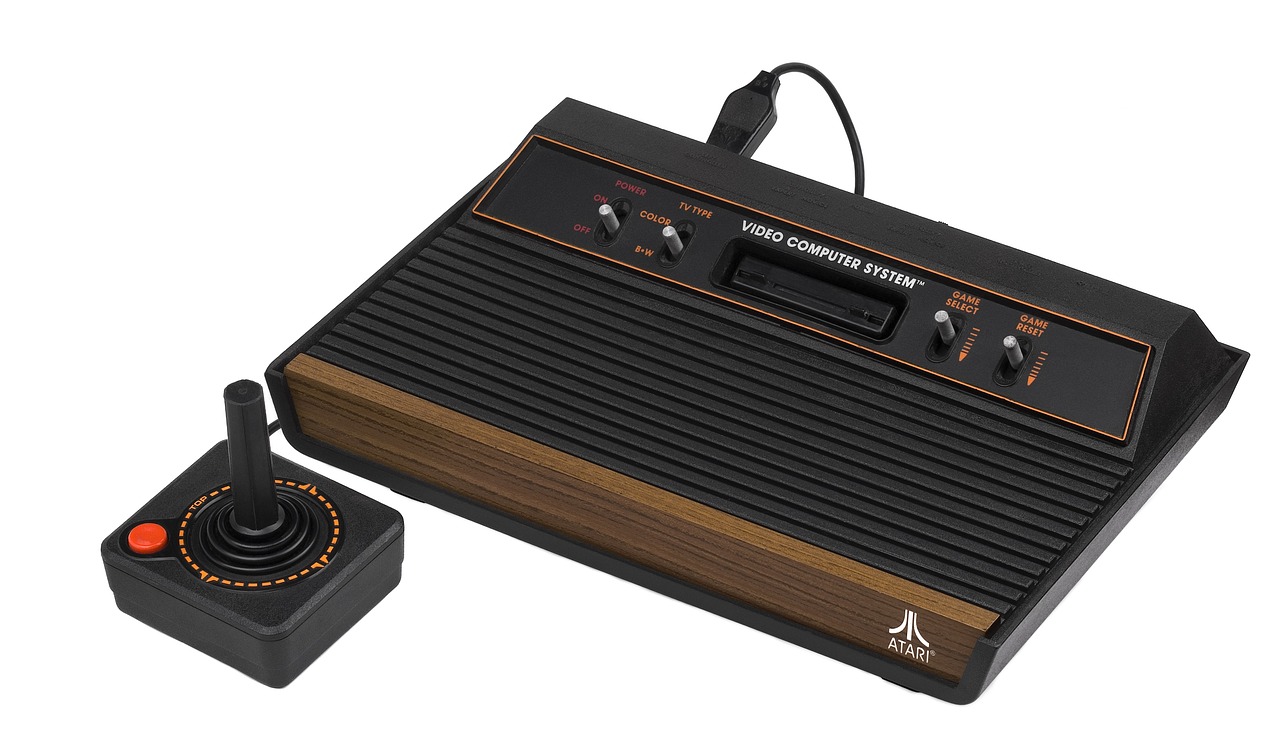Discover the inspiring journey of stroke survivor Jane, who lost her ability to speak at the age of 30 due to a stroke. Years later, advancements in artificial intelligence are playing a pivotal role in restoring her speech capabilities. This article delves into the innovative A.I. assisted therapies that are transforming the field of stroke rehabilitation and offering hope to individuals like Jane.
Introduction:
Imagine waking up one day unable to communicate your thoughts, feelings, and needs. This was the reality that Jane faced when a stroke robbed her of her ability to speak at the tender age of 30. However, in a heartwarming turn of events, advancements in artificial intelligence (A.I.) are now opening doors for her and countless other stroke survivors to regain their speech abilities. In this article, we explore the incredible intersection of technology and healthcare, where A.I. is playing a pivotal role in the restoration of speech abilities post-stroke.
The Devastating Impact of Stroke on Communication:
A stroke, often referred to as a “brain attack,” can have far-reaching consequences beyond physical impairment. The loss of speech is a particularly challenging aspect, as it affects an individual’s ability to express themselves and interact with the world. Traditional speech therapy, while effective, can be time-consuming and may not always yield the desired results.
A New Dawn: A.I. Assisted Speech Therapy:
Enter the realm of A.I. assisted speech therapy – a groundbreaking approach that is revolutionizing the field of stroke rehabilitation. This technology combines the power of machine learning algorithms, big data analysis, and human expertise to create personalized and efficient treatment plans.
How A.I. Works in Speech Rehabilitation:
A.I. algorithms are designed to analyze vast amounts of data, including speech patterns, linguistic nuances, and cognitive functions. By studying this data, A.I. systems can tailor therapy sessions to the specific needs of each individual. Real-time feedback, interactive exercises, and even virtual communication scenarios allow stroke survivors to practice and improve their speech abilities.
Jane’s Journey: From Silence to Speech:
Jane’s journey serves as a poignant example of the impact of A.I. in stroke recovery. After years of struggling to communicate, she was introduced to an A.I. assisted speech therapy program. Through consistent engagement with the program’s exercises and activities, Jane experienced gradual improvements in her speech. Her story showcases the power of combining human determination with cutting-edge technology.
Breaking Barriers and Unlocking Potential:
One of the most remarkable aspects of A.I. assisted speech therapy is its ability to break down geographical barriers. Stroke survivors from around the world can access similar therapy programs, ensuring that expertise is not limited by location. Additionally, A.I. solutions continually adapt and evolve based on patient progress, resulting in highly personalized rehabilitation journeys.
The Future of Stroke Rehabilitation:
As technology continues to advance, the future of stroke rehabilitation looks promising. Researchers are exploring the integration of virtual reality, wearable devices, and even brain-computer interfaces to further enhance the efficacy of A.I. assisted therapies. These innovations hold the potential to reshape how stroke survivors regain their speech and rebuild their lives.
Conclusion:
The story of Jane serves as a testament to the resilience of the human spirit and the transformative power of A.I. in healthcare. As A.I. continues to evolve, stroke survivors can look forward to a future where the barriers to communication imposed by strokes can be overcome. The collaboration between human determination and technological innovation is paving the way for a world where words need not remain unspoken.
In a world where strokes can steal so much, A.I. is giving back the gift of speech.












